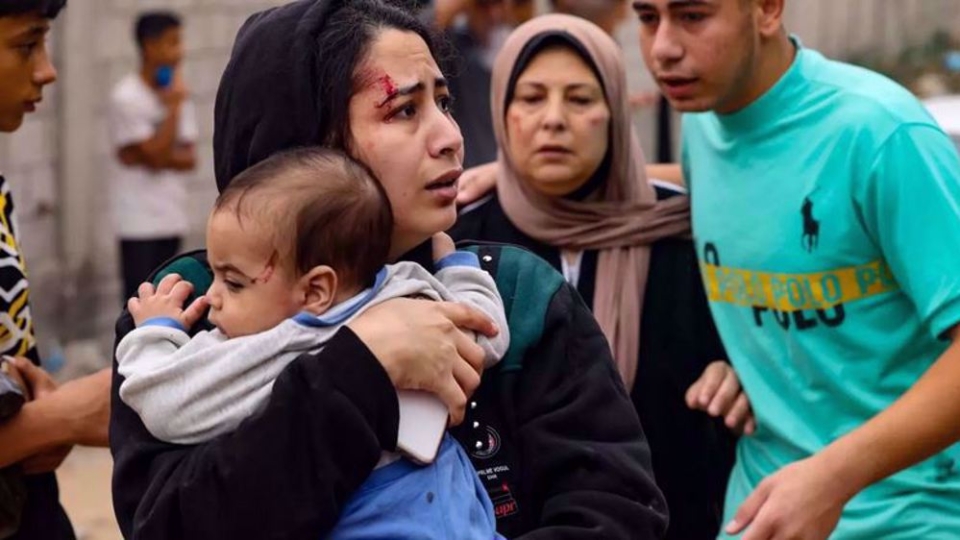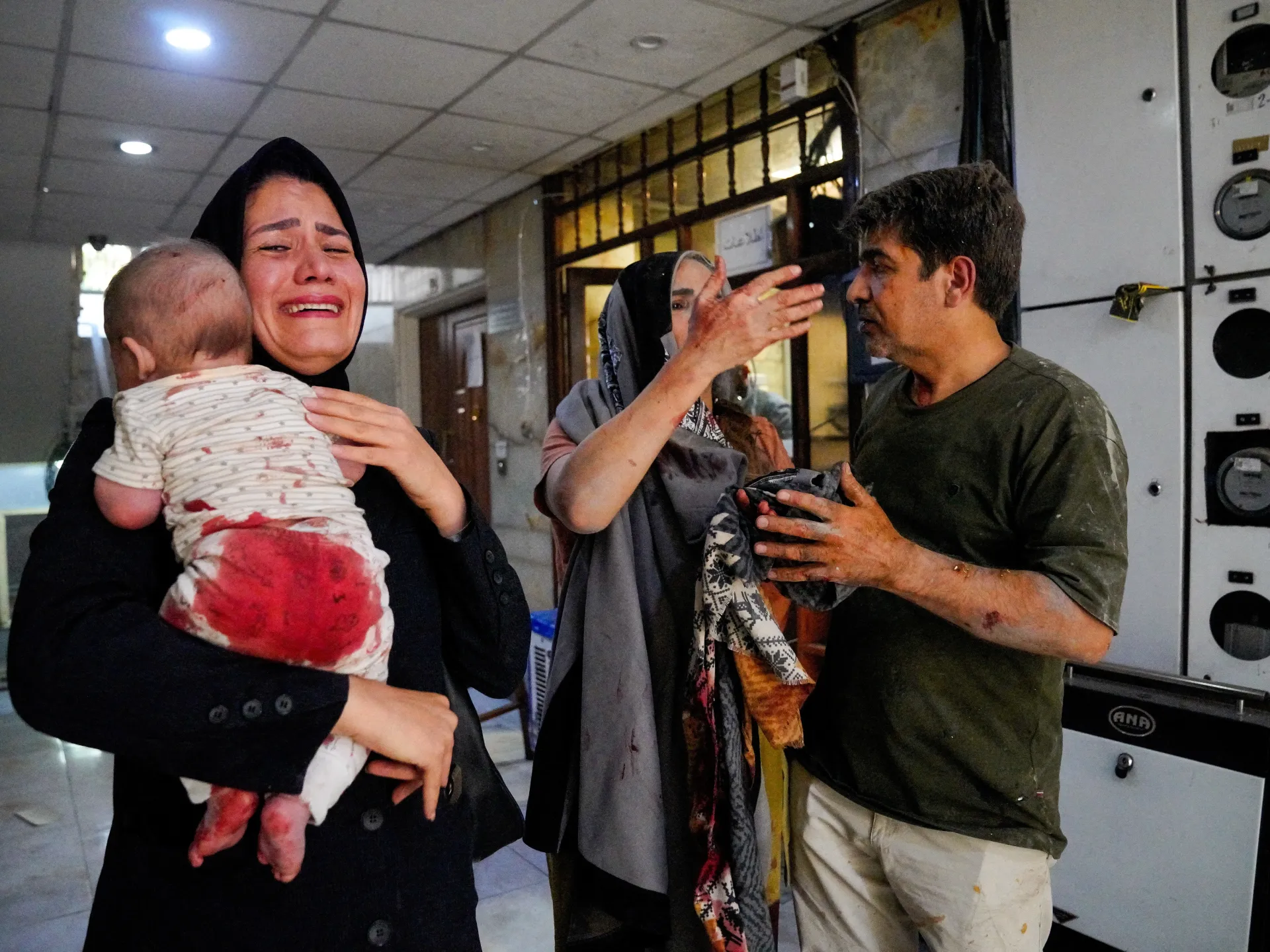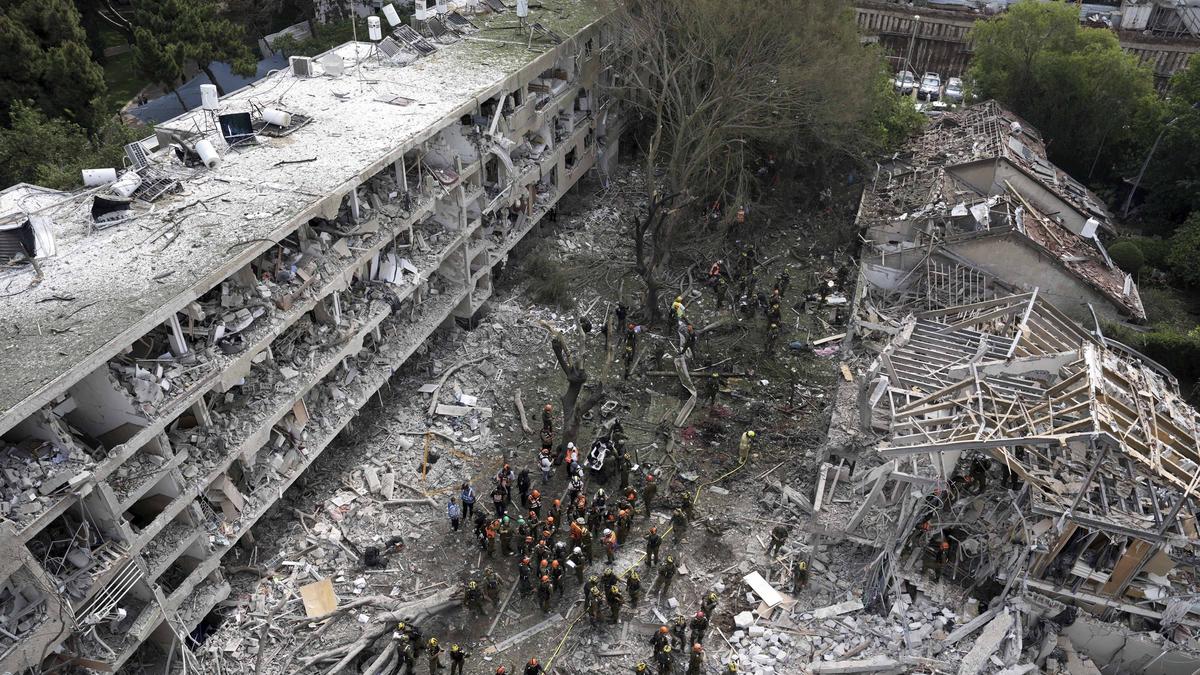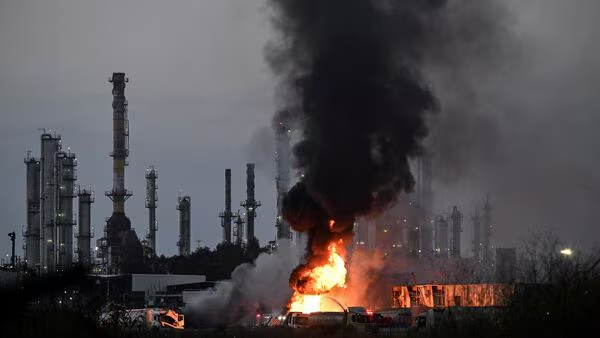
Israel-Iran Conflict Escalates in June 2025

The decades-long cold conflict between Israel and Iran has erupted into direct warfare again in June 2025, marking one of the most intense escalations in recent years. With precision airstrikes, drone retaliations, and a global scramble for de-escalation, the world is watching anxiously as tensions ripple far beyond the Middle East.
🔥 What Sparked the Latest Conflict?
At the heart of the Israel-Iran hostility is a complex mix of ideological, strategic, and nuclear concerns. Israel has long warned the international community about Iran’s nuclear ambitions. Meanwhile, Iran accuses Israel of attempting to destabilize the region through covert operations and Western alliances.
This latest round of aggression began when Israeli defense forces launched Operation Rising Lion, a massive aerial and cyber campaign targeting Iran’s nuclear facilities and missile infrastructure deep within Iranian territory.

💥 Iran’s Retaliation: Missile Barrage and Drone Swarms
In response to Israel’s strikes, Iran fired over 150 drones and dozens of ballistic missiles toward major Israeli cities, including Tel Aviv, Haifa, and Ashdod. Although most were intercepted by Israel’s Iron Dome and David’s Sling defense systems, some breached urban areas, resulting in civilian injuries and infrastructure damage, including a hospital in southern Israel.
Iran claimed the strikes were “legitimate self-defense,” while Israel stated they were aimed at preventing nuclear escalation and protecting national security.

🇮🇳 India’s Response: Operation Sindhu Evac
Amid rising tensions, the Indian government swiftly launched Operation Sindhu Evac, a military-coordinated evacuation to bring back over 1,000 Indian nationals stranded in both Iran and Israel.
Special Air Force aircraft and naval support played a crucial role, earning praise from global leaders for India’s neutral and humanitarian stance.
🌍 Global Reaction and Risk of Escalation
The United Nations called for an immediate ceasefire, while the U.S. and EU reaffirmed support for Israel’s right to self-defense. In contrast, Russia, China, and the OIC condemned the attacks on Iranian soil and urged diplomacy over warfare.
Military analysts warn that this conflict may spiral into a regional war, with Iranian-backed groups like Hezbollah, Houthis, and Iraqi militias potentially joining the fray.
⚠️ Humanitarian Impact and Energy Shock
The conflict has already triggered:
- Hundreds of civilian casualties
- Mass evacuations in Iran and Israel
- Global crude oil prices rising above $110/barrel, due to threats to Persian Gulf trade routes
Aid agencies are urging immediate humanitarian access to affected areas, especially in southern Iran and northern Israel.

🛡️ What Lies Ahead?
While Israel has achieved tactical air superiority and disrupted some Iranian missile networks, military experts caution that Iran’s deep-state resilience and asymmetrical capabilities remain a challenge.
A full-scale war would not only devastate both nations but could pull in global powers, proxy militias, and destabilize the entire Middle East
✍️ Final Thoughts
This ongoing conflict between Israel and Iran is a stark reminder of how quickly geopolitical tensions can flare into active warfare. The coming days are critical. Whether diplomacy wins or war expands will shape the political and humanitarian landscape of the region—and possibly the world.














Leave a Reply